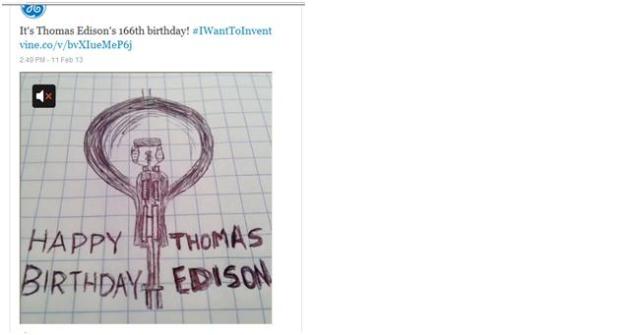The rapid growth of mobile technologies over the past few years has caused The Federal Trade Commission (FTC) to take mobile under their wing in 2000. The FTC has started to review privacy implications that have been raised by consumers over the past 13 years on items such as:
- Where is the data going?
- How is it being used?
- Where is the data being stored?
- What rights do I have as a consumer?
- Plus a lot more.
The FTC is developing guidelines and rules that companies that develop apps, platforms, third party ad networks, and social media companies that all deploy its software to smart phones.
A recent report deployed by the FTC in February 2013 on “Mobile Privacy Disclosures, Building Trust Through Transparency” provided an few examples:
- “The Commission settled charges that a social networking service deceived consumers regarding the collection of their address book information through its mobile application, and illegally collected information from children under age 13 without providing notice and obtaining parental consent, in violation of the Children’s Online Privacy Protection Act (COPPA).
- In another action, the Commission brought charges against a peer-to-peer file-sharing application developer whose software likely would cause consumers to unwittingly expose sensitive personal files stored on their mobile devices.
- Further, in the Commission’s first Fair Credit Reporting Act (FCRA) case involving a mobile app, an enterprise that compiled and sold criminal record reports settled charges that it operated as a consumer reporting agency without taking consumer protection measures required by law.” (FTC Staff Report, 2013.)
I believe these are a good start for companies that develop apps, platforms, etc for mobile devices.
The one major piece that is missing is Consumer Awareness and Accountability on privacy with mobile devices. Many app developers have developed disclosures that consumers must accept before downloading applications, but the responsibility falls onto the consumer. If organizations are being regulated by the FTC or provided guidelines and are adhering to them, where does it become the consumer’s responsibility for their mobile device? The customer needs to also take responsibility on their mobile device that they have purchased and items they are downloading to their phone.
Legal issues can arise with any technology, such as:
- COPPA (Children’s Online Privacy Protection Act)
- FCRA (Fair Credit Reporting Act)
- GLBA (Gramm-Leach Act)
- Truth in Advertisement
However, if companies are compliant with rules and regulations that are provided by the FTC and disclose them to consumers then anything outside of this should come back to the accountability of the consumer. An example of how the consumer can protect himself or herself is on by putting a lock on their mobile device such as Mobile Iron. Ensure that they know what type of application they are downloading, accessing and make sure that they read the disclosures before they transmit any personal information across on their mobile device.
What is the consumer’s accountability for their mobile device?
References:
FTC Staff Report (February 2013.) Mobile Privacy Disclosure Building Trust through Transparency. Retrieved from http://www.ftc.gov/os/2013/02/130201mobileprivacyreport.pdf





